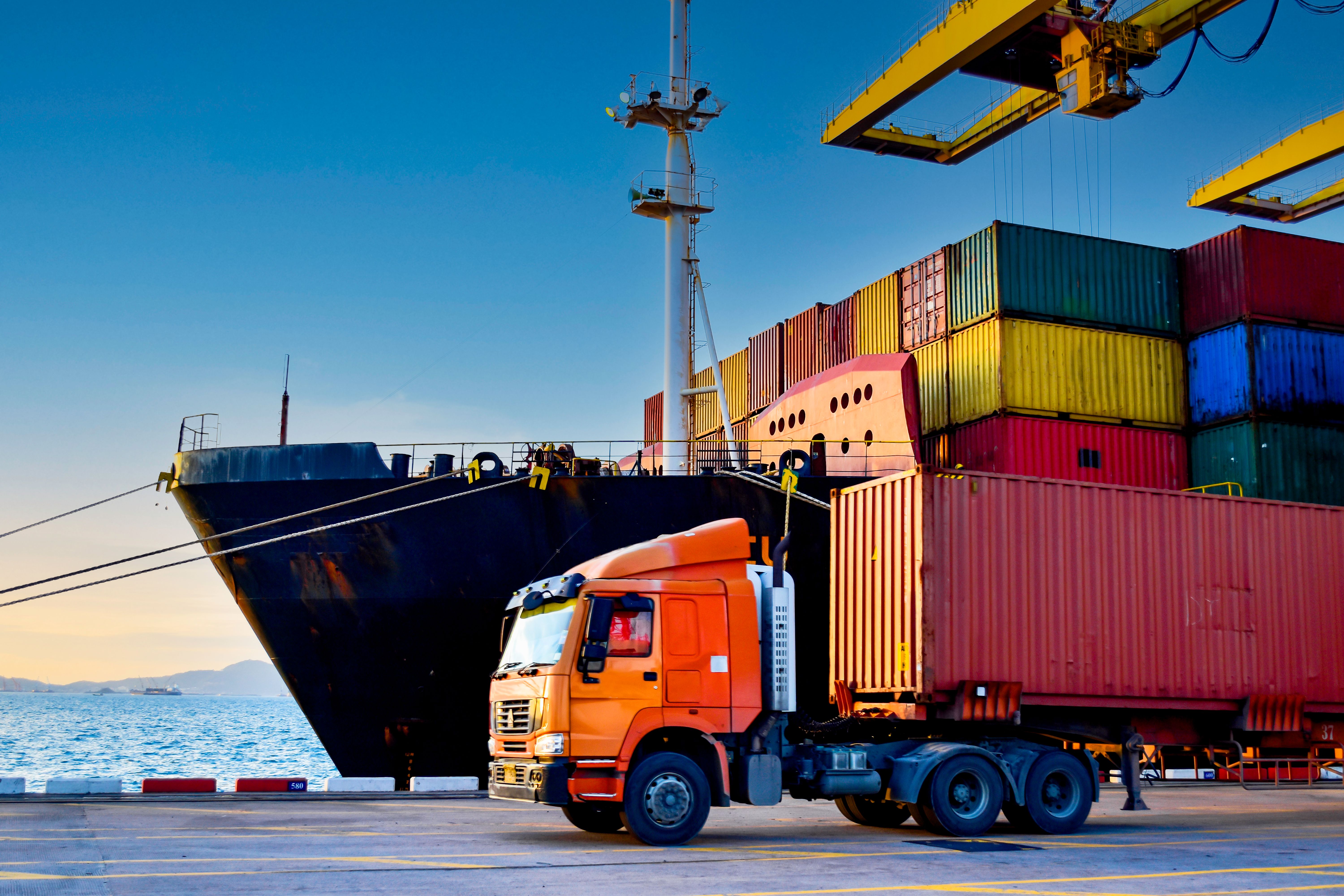Holiday Season eCommerce Strategies for American Brands in Europe
Understanding the European Market
As the holiday season approaches, American brands looking to expand their eCommerce reach into Europe must tailor their strategies to fit the unique dynamics of this diverse market. Europe is not a monolithic market; it comprises various regions with distinct preferences, languages, and shopping behaviors. To succeed, brands need to understand these differences and adapt their strategies accordingly.
One essential aspect is language localization. Offering your website and product descriptions in multiple languages can significantly boost user engagement and conversion rates. Moreover, consider the different holiday seasons and shopping dates across European countries. For example, Black Friday is gaining popularity in Europe, but other countries have their own significant shopping days, such as Singles Day in the UK or St. Nicholas Day in Germany.

Adapting to Regional Preferences
Another important factor in crafting a successful eCommerce strategy is understanding regional preferences. Europeans tend to prioritize quality and sustainability over quantity, so highlighting these aspects of your products can be beneficial. Additionally, payment preferences differ across countries; while credit cards are widely used in some regions, others may prefer local payment methods like iDEAL in the Netherlands or Klarna in Scandinavia.
To effectively reach European consumers, consider offering a variety of payment options and ensuring a seamless checkout experience. Additionally, research popular eCommerce platforms within each region. While Amazon is a dominant player, local platforms like Allegro in Poland or Bol.com in the Netherlands can offer additional opportunities.

Leveraging Social Media and Influencers
Social media plays a crucial role in European eCommerce, and leveraging these platforms can enhance your brand's visibility during the holiday season. Platforms like Instagram, Facebook, and TikTok are widely used across Europe, and partnering with local influencers can help your brand connect with new audiences. Influencers can provide authentic endorsements that resonate with their followers, driving traffic and conversions.
Engage with your audience through localized content and consider running region-specific promotions or contests to increase engagement. Understanding cultural nuances and tailoring your messaging to fit each market will help build stronger connections with European consumers.

Optimizing for Mobile Shopping
Mobile commerce is rapidly growing in Europe, with more consumers using their smartphones to shop online. Ensuring that your eCommerce site is mobile-friendly is essential for capturing this segment of the market. This includes optimizing load times, simplifying navigation, and ensuring a smooth checkout process on mobile devices.
Additionally, consider developing a mobile app if feasible. Apps can enhance user experience by offering personalized recommendations, easy access to customer service, and exclusive app-only deals. With the holiday rush, a well-designed app can be a key differentiator for capturing mobile shoppers.
Investing in Customer Service and Returns
Excellent customer service is vital during the holiday season when consumers expect quick responses to their inquiries. Providing multilingual customer support can be a major advantage for American brands entering the European market. Quick resolution of issues not only improves customer satisfaction but also builds brand loyalty.
Moreover, having a clear and convenient returns policy is crucial. European consumers value hassle-free returns, especially when purchasing from international brands. Offering free returns or local return centers can enhance trust and encourage more purchases.

Utilizing Data Analytics
Data analytics are a powerful tool for refining eCommerce strategies during the holiday season. By analyzing consumer behavior and preferences, brands can make informed decisions about product offerings, pricing strategies, and marketing campaigns. Use analytics to track sales trends, monitor inventory levels, and optimize ad spend across different European regions.
Consider investing in AI-driven tools that provide real-time insights into customer interactions. These tools can help identify patterns and predict future trends, enabling brands to stay ahead of the competition in the dynamic European market.
Preparing for Logistics and Shipping
Efficient logistics and shipping are essential for meeting customer expectations during the holiday rush. Partnering with reliable logistics providers can ensure timely delivery across Europe. Additionally, offering multiple shipping options, including express delivery for last-minute shoppers, can enhance customer satisfaction.
Ensure transparency in shipping costs and delivery times at checkout to avoid cart abandonment. Communicating any potential delays promptly can help manage customer expectations and mitigate dissatisfaction.

Building Trust with European Consumers
Finally, building trust is crucial for American brands looking to establish themselves in Europe. Displaying social proof through reviews and testimonials can reassure potential customers of your brand's reliability. Additionally, ensure compliance with European regulations such as GDPR to demonstrate your commitment to protecting customer data.
Offering loyalty programs or first-time purchase discounts can encourage trial purchases and foster long-term relationships with customers. By focusing on building trust and providing exceptional experiences, American brands can successfully navigate the European eCommerce landscape during the holiday season.
